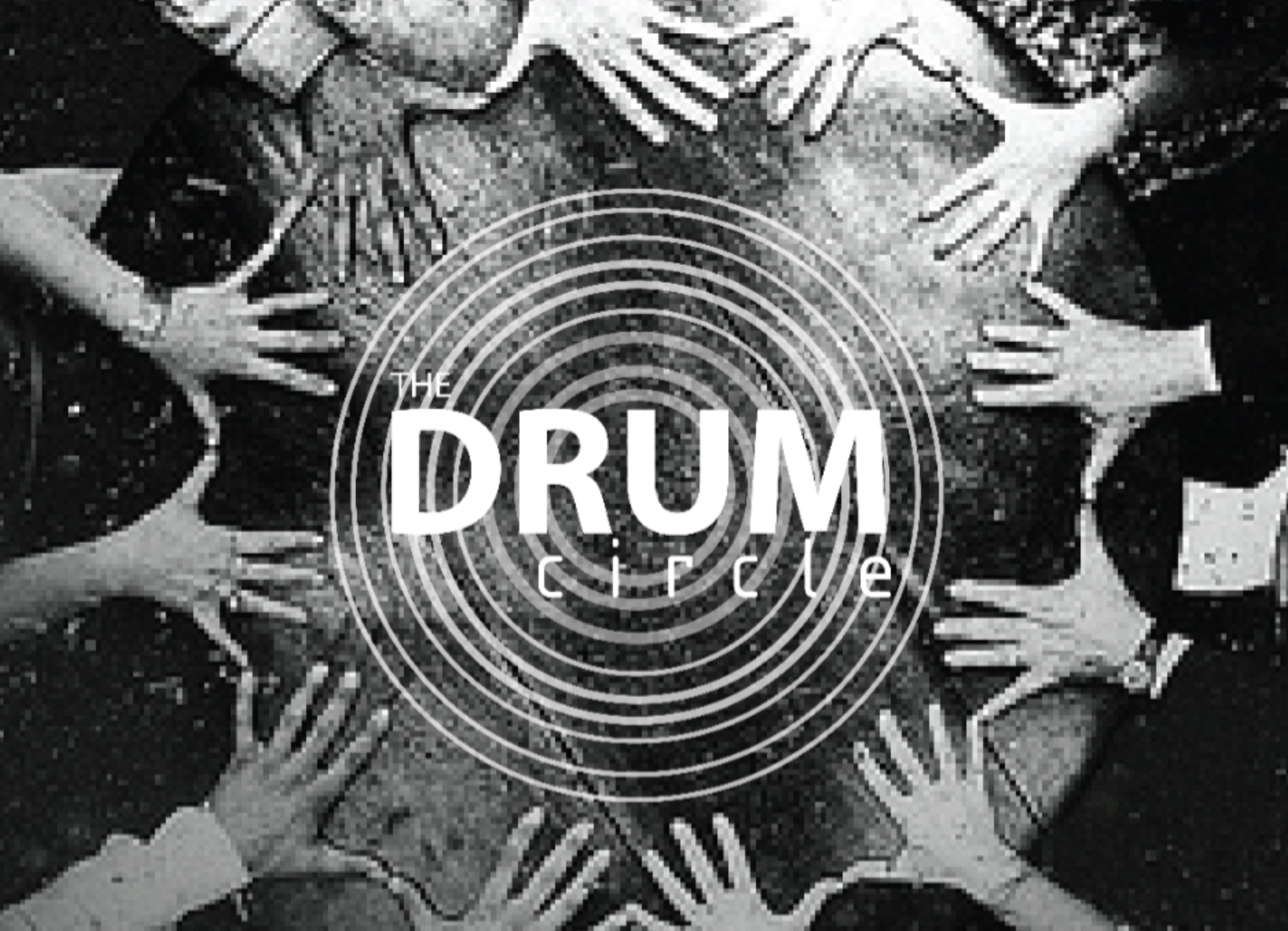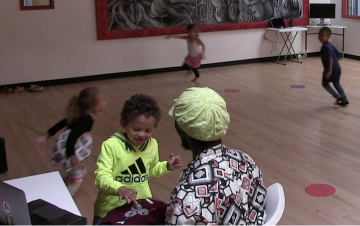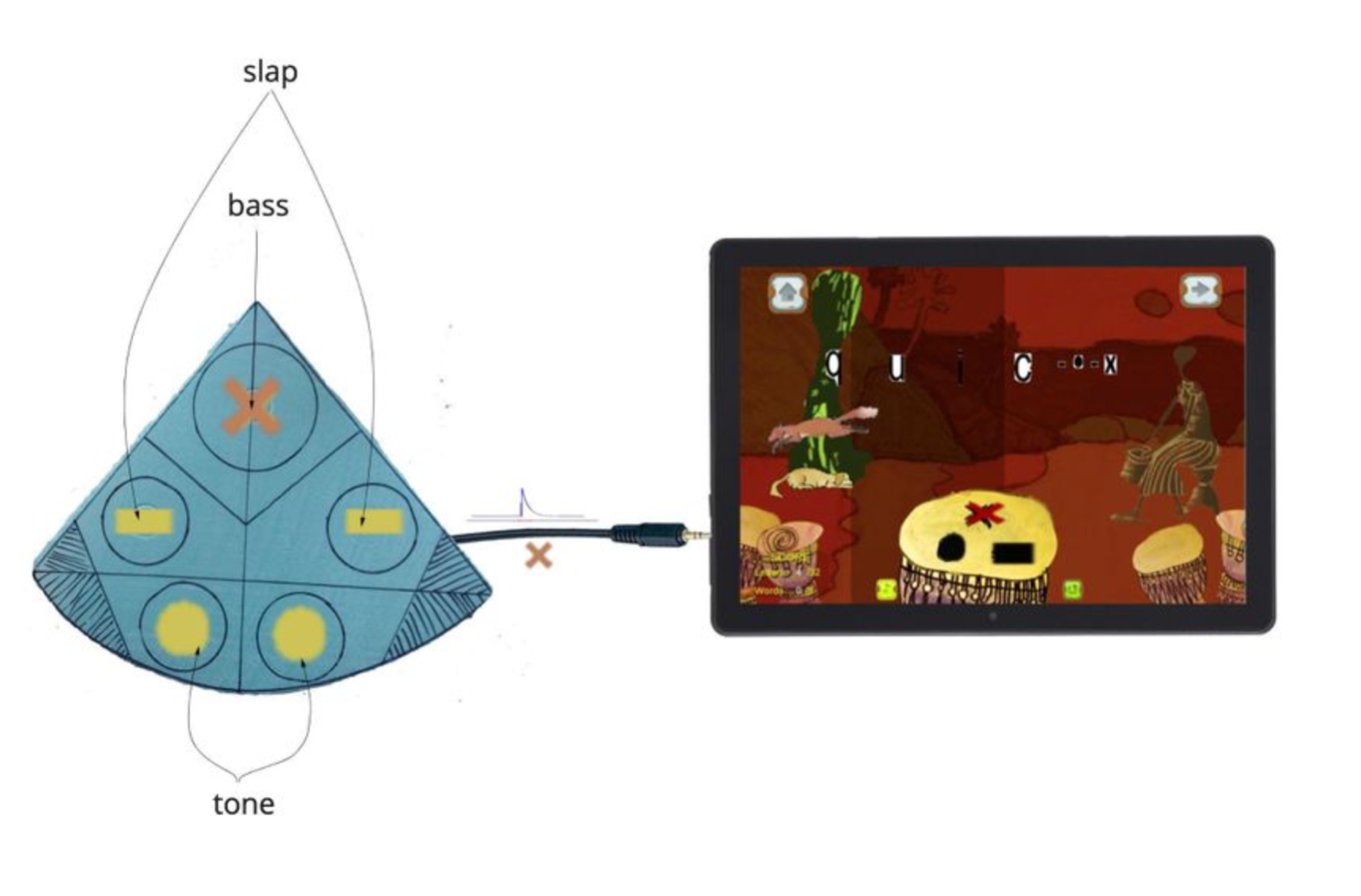Area 1: Drummologie
By the example of the old rope, weave the new - Ewe proverb (shared by C.K. Ladzekpo)
As the science committed to the study of social institutions connected to the talking drums, drummologie views the study of drum texts (transmitted without change from generation to generation for hundreds of years) as reliable source documents to expand our knowledge on African societies of the oral tradition from the pre-colonial period. Much of the work in this field provides the foundation for a scientific treatment of drum language from which one can distinguish the drummophonie, that is to say, the translation of what is said on the drums, and drummographie, the text [in written form] of which the drum rhythm is the origin. This cultural concept of acoustic speech surrogacy is a prevalent epistemic paradigm that is fundamental to African cultural music and performance practices, regardless of the medium, whether this be a talking drum, whistle, flute or even guitar. This research area therefore seeks an understanding of speech surrogates, and necessitates a combination of elements from both linguistic and musicological methodologies. In addition, this approach to studying trans-African cultural systems as a grounding for education investigates the significance of African talking drums and drum languages from a theoretical perspective (in terms of music theory, communication theory, discourse theory, linguistics and information theory); as well as from a practical perspective (in terms of understanding at the most fundamental level their applications as communication systems, and investigating their affordances as paradigms for physical and cultural computing systems).
The aim is to formulate a complete theory of digital orality building on this drum-oral connection which provides the basis for how oral strategies used for gathering, storing, retrieving and communicating knowledge have been digitized, (as related to the fingers), on the drum.
Traditional computer science and design has not considered the multimodal affordances of drum language, or other cultural modalities of rhythm perception and production as seed metaphors for the design of computing systems and environments.
Yet, in light of recent advances in HCI, AI and haptics, we must see the technical and expressive power of talking drums and computers as intertwined. This can lay the foundation for further creative, performative, pedagogical and technical practical applications across the curriculum.
Area 2: Culturally-Relevant Pedagogy
It takes a village to raise a child - African proverb
We believe that there is no default, universal or a priori cultural foundation to education. As such any “proposed claim of educational ‘objectivity’ to justify the testing of student’s acquisition of knowledge is grounded in the cultural assumptions and ideologies of the dominate culture and class” (Gaines, 2018). Insofar as little attention so far has been paid to how pedagogical strategies and cultural tools based on cultural systems of non–European or non-European-American ethnic groups can be used to transform the learning ecology and experience of historically Black and Brown children, and thereby positively affect their school achievement (Lee), we take an experimental and design-based approach, beginning with looking at how children learn in local social contexts, including cultural arts practices, like storytelling through singing/poetry, music and dance activities, with special attention given to how these might be digitally augmented, enhanced or mediated.
Area 3: Cultural Computing
Deep understanding of the wide range of trans-African cultural systems, practices and tools provide legitimate foundations for the computing education of Black children in the 21st century. Departing from conceptualizations like the STEM “pipeline” metaphor or ICT4D efforts (that purport to export modern scientific knowledge and technology to “developing” or “third-world”, i.e. technology-less or un-scientific communities or countries), practitioners in cultural computing operate from a position that acknowledges, respects and ethically investigates diverse cultural practices and tools as foundations for “technically rigorous and artistically effective computing practices” (Harrell, X) from an emic perspective. We believe that culturally-grounded technologies and learning environments that leverage diverse cultural practices (e.g. embodied ways with words/language, rhythm, movement and communication) can offer new opportunities for shifting the dominant paradigm in educational practice, and thereby open up new pathways of learning, not just for Black students, but for all students. As an example, in the context of early childhood, early literacy and STEM learning in a children's serious game can be informed by the principles of drum language communication and multimodal call-and-response interaction of African Diasporic verbal arts, drum and dance performance contexts.



